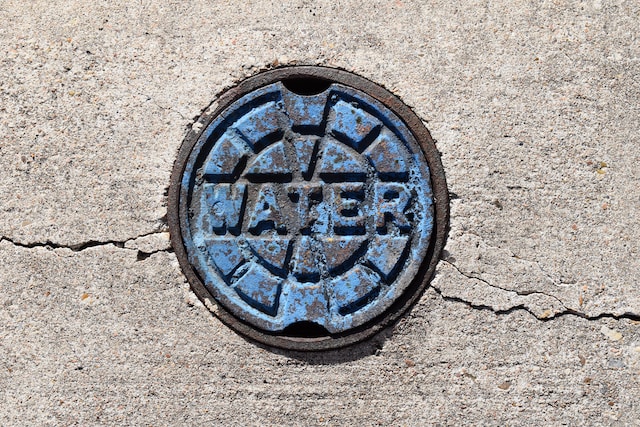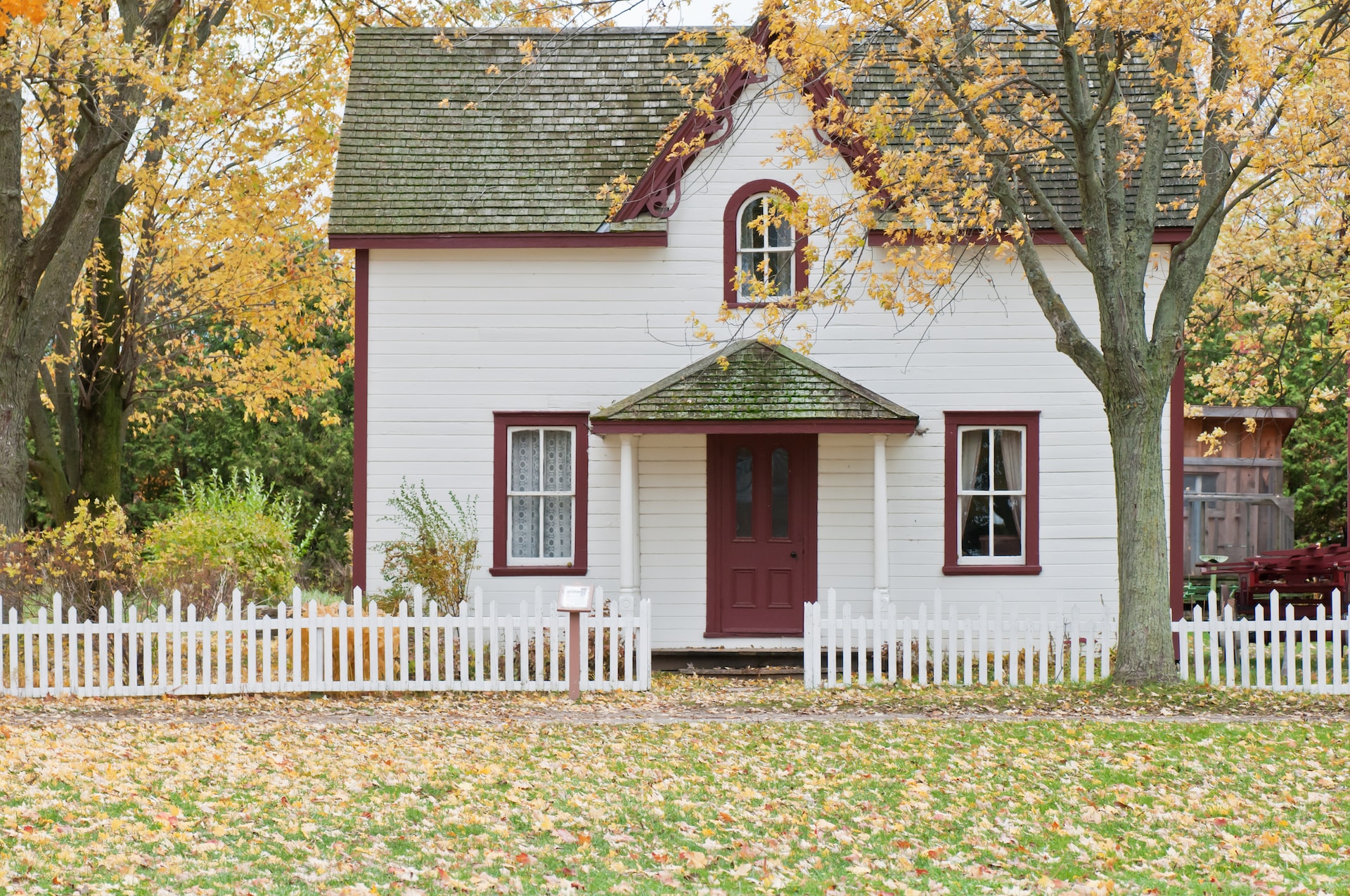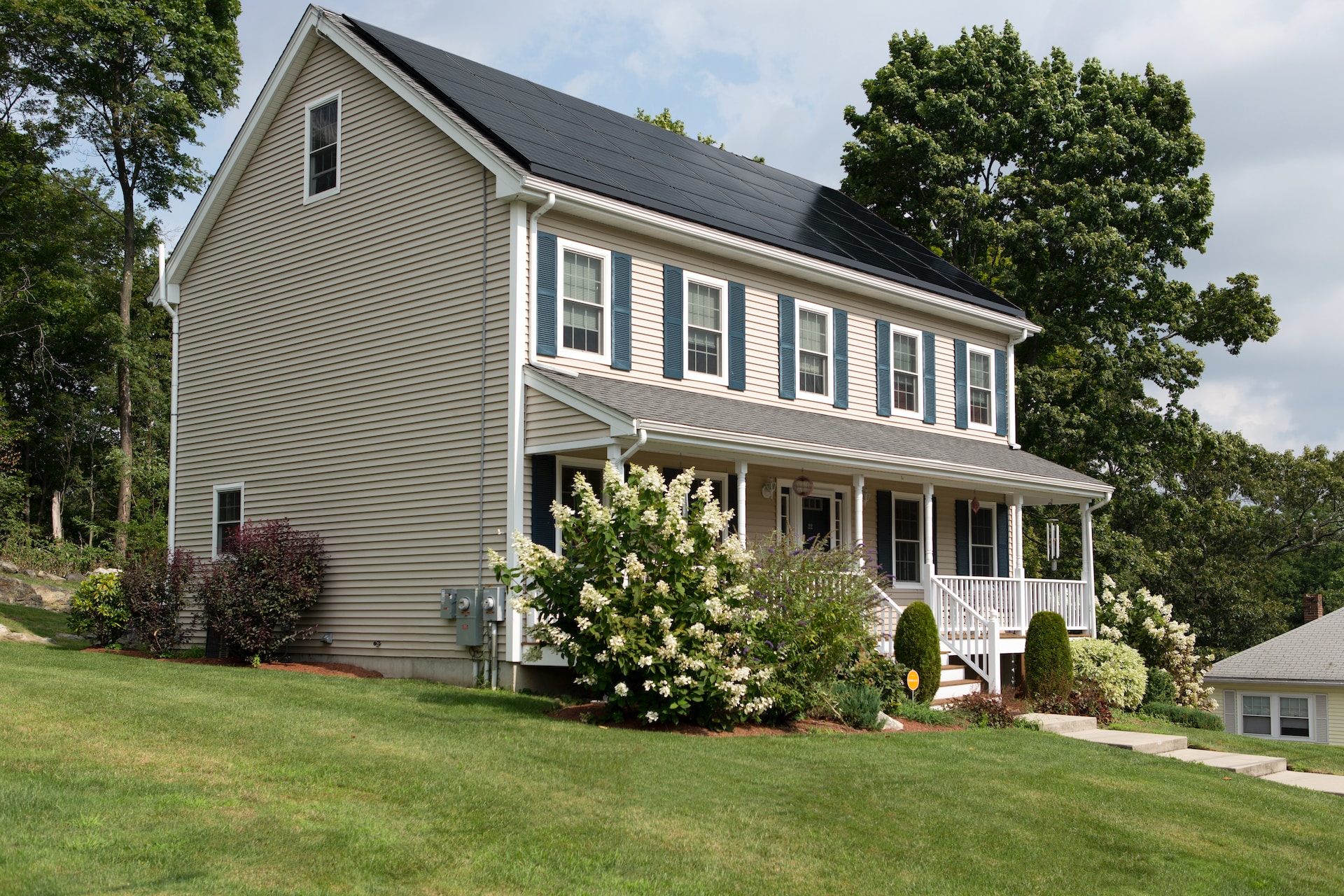Climate change is having a profound effect on home insurance rates in the United States. As the frequency and intensity of extreme weather events increase, insurance companies are responding by raising premiums to mitigate the risk. How is climate change influencing the cost of home insurance and the insurance industry’s response to this issue?
Climate Change’s Impact
The rising sea levels and increased flooding along the East Coast and Gulf Coast states have caused a staggering $15.9 billion loss in home value appreciation over the past 12 years. Homeowners in these areas are experiencing a decline in the value of their properties due to the constant threat of flooding.
But it’s not just flooding that is impacting property values. The rising temperatures associated with climate change can lead to increased utility bills and water shortages. These factors, combined with higher home insurance premiums, can make owning a home more expensive and less desirable, ultimately affecting property values.
Increased Risk of Natural Disasters
Climate change has increased the risk of natural disasters such as wildfires, storms, and floods. The changing climate has altered weather patterns, causing more frequent and intense weather events that threaten homes and communities.
One of the most significant risks associated with climate change is the higher likelihood of wildfires. Rising temperatures and prolonged drought conditions create the perfect environment for wildfires to spread quickly and become more challenging to control. These fires can destroy homes and entire neighborhoods, leading to significant financial losses for homeowners.
The impact on insurance premiums
The increased risk of natural disasters and property value decreases pose a significant challenge to the insurance industry. Insurance companies must assess and price the risk accurately to ensure they can cover potential losses. As a result, homeowners in areas prone to these disasters may face higher insurance premiums and reduced coverage options.
Insurance Industry Response to Climate Change
As mentioned, insurers are raising home insurance premiums, particularly in areas highly susceptible to climatic events, in order to mitigate the increasing risks associated with climate change.
In some cases, insurers are even refusing to provide coverage or limiting coverage in areas prone to disasters. This is due to the higher likelihood of claims and the cost of providing coverage in regions experiencing more frequent and severe natural disasters.
Reinsurance companies, which provide insurance to insurance companies, have also responded to the impact of climate change by raising their property catastrophe reinsurance premiums. This is an additional measure aimed at mitigating the financial risk faced by insurers.
The backstop programs, such as Louisiana’s insurer of last resort, have also raised rates to cover the higher costs associated with climate-related damages. These programs are designed to provide coverage when traditional insurance companies are unable or unwilling to do so.
Lowering Home Insurance Costs
You can reduce your home insurance premiums and save money as a homeowner. Here are some effective ways to lower your costs:
1. Climate-Proof Your Home
Investing in weather-resistant features can help minimize the risk of damage and lower your insurance premiums. Consider installing impact-resistant windows, a reinforced roof, and storm shutters. These measures can make your home more resilient to natural disasters, giving insurers more confidence in offering lower rates.
2. Shop Around and Compare Quotes
Don’t settle for the first insurance quote you receive. Take the time to shop around and compare rates from different insurers. Each company has its own pricing model and discounts, so getting multiple quotes can help you find the most affordable option for your specific needs. Remember to consider coverage limits and deductibles when comparing quotes.
3. Take Advantage of Discounts and Lower Premiums
Many insurance companies offer discounts based on various factors. For example, you may qualify for a lower premium if you install a security system, bundle your home and auto insurance, or maintain a good credit score. Contact your insurance provider to inquire about available discounts and take advantage of any that apply to you.
Climate change is significantly impacting home insurance rates in the United States. With approximately 39 million properties being underpriced for the climate risk they face, homeowners are at risk of inadequate coverage. States like California, Florida, and Louisiana, prone to wildfires, storms, and flooding, are seeing the most substantial premiums increase.
The insurance industry is responding to the impact of climate change by raising home insurance premiums, refusing coverage in certain areas, and raising reinsurance premiums. Evaluating coverage needs, considering additional options like flood insurance, and taking steps to climate-proof the home can help homeowners mitigate risks and lower insurance costs.




